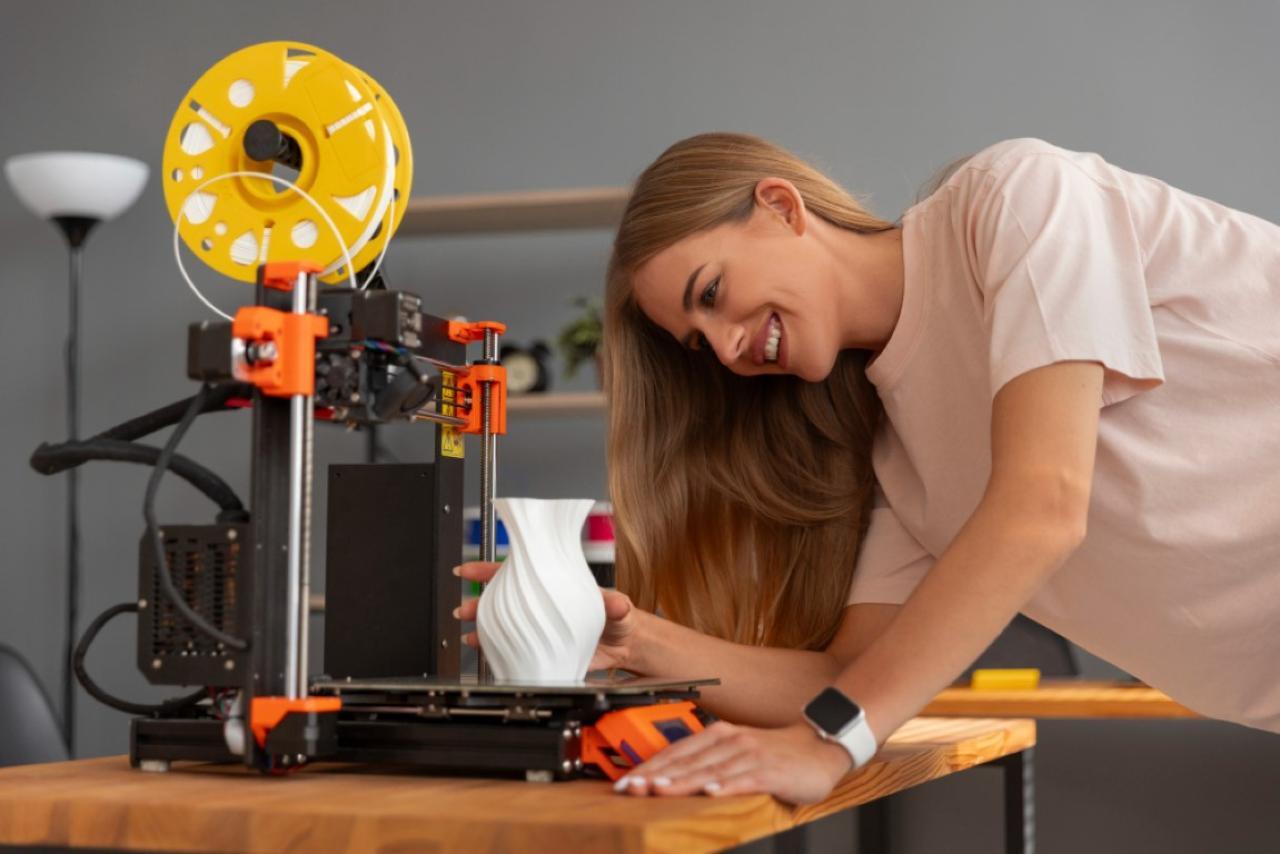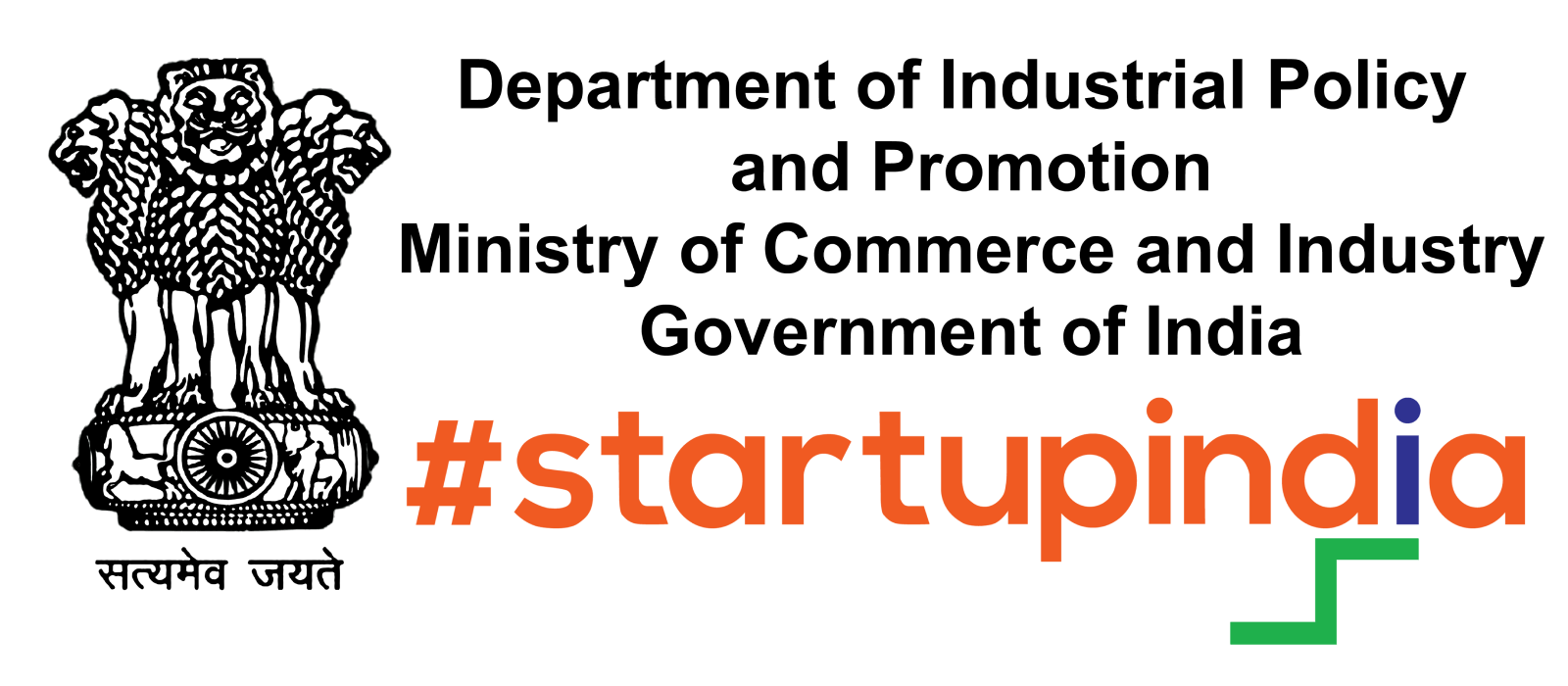In the realm of technological marvels, 3D printing stands tall as a beacon of innovation, promising to reshape the landscape of manufacturing and creativity. From prototyping to crafting intricate designs, the capabilities of 3D printing are boundless, and its impact extends across various industries. In this exploration, we embark on a journey into the intricate world of 3D printing, unraveling its history, understanding the technology, exploring its diverse applications, and contemplating the future it holds.
Understanding the Roots: A Brief History of 3D Printing
The roots of 3D printing trace back to the early 1980s when Chuck Hull, the co-founder of 3D Systems Corporation, invented stereolithography—a process that laid the foundation for additive manufacturing. This groundbreaking technique involved curing photopolymer resin layer by layer, giving rise to the term "stereolithography apparatus" or SLA. Over the years, various 3D printing technologies emerged, each with its unique approach to material deposition and layering, setting the stage for a transformative era in manufacturing.
The Nuts and Bolts: How 3D Printing Works
At its core, 3D printing, also known as additive manufacturing, is a process that builds three-dimensional objects layer by layer from digital models. The journey begins with a digital design created using Computer-Aided Design (CAD) software. This digital blueprint serves as the guiding force for the 3D printer, dictating the shape and structure of the final object.
1. Slicing and Layering:
-
The digital model undergoes a process known as slicing, where it is divided into numerous thin layers.
-
The 3D printer interprets these layers and begins the printing process by depositing material layer upon layer, each one fusing seamlessly with the next.
2. Material Extrusion:
-
FDM (Fused Deposition Modeling) printers, a popular type of 3D printer, use a spool of thermoplastic filament.
-
The filament is heated and extruded through a nozzle, creating the physical layers of the object.
3. Resin Curing:
-
SLA and DLP (Digital Light Processing) printers use liquid resin that is cured layer by layer using UV light.
-
The cured layers bond together, gradually forming the final 3D-printed object.
The Many Faces of 3D Printing: Applications Across Industries
1. Prototyping and Product Development:
-
3D printing revolutionized the prototyping process, allowing designers and engineers to quickly and cost-effectively create physical prototypes.
-
Rapid iteration and customization are key advantages, enabling faster product development cycles.
2. Healthcare Innovations:
-
In the field of medicine, 3D printing has made significant strides, from producing patient-specific implants to crafting detailed anatomical models for surgical planning.
-
Bioprinting, a cutting-edge application, explores the potential of printing living tissues and organs for transplantation.
3. Automotive Advancements:
-
Automotive manufacturers utilize 3D printing for rapid prototyping of components, optimizing designs for performance and efficiency.
-
Customization in the automotive industry extends to personalized interiors and even 3D-printed cars.
4. Architectural Exploration:
-
Architects leverage 3D printing to create detailed scale models and intricate architectural designs.
-
The technology allows for the realization of complex structures that push the boundaries of traditional construction methods.
5. Art and Fashion:
-
Artists and designers embrace 3D printing as a medium for pushing artistic boundaries and creating avant-garde pieces.
-
In the fashion industry, designers experiment with 3D-printed clothing, accessories, and even entire fashion shows.
Challenges and Triumphs: The 3D Printing Landscape
1. Materials and Sustainability:
-
The range of printable materials has expanded beyond plastics to include metals, ceramics, and bioinks.
-
However, questions surrounding the environmental impact of 3D printing materials and waste management remain, challenging the industry to adopt sustainable practices.
2. Complexity vs. Simplicity:
-
While 3D printing enables the production of intricate designs, the technology also embraces simplicity in its ability to create basic and functional items.
-
Striking the right balance between complexity and simplicity is a constant consideration in the design and printing process.
3. Cost and Accessibility:
-
Initial costs for high-quality 3D printers and materials can be a barrier for small businesses and individuals.
-
Efforts to make 3D printing more accessible, both in terms of cost and user-friendliness, continue to drive innovation in the industry.
The Future Unfolding: 3D Printing on the Horizon
As 3D printing continues to evolve, the future promises even greater advancements and possibilities. Emerging technologies such as 4D printing, which involves printed objects that can transform or self-assemble over time, hint at the transformative potential that lies ahead. The integration of artificial intelligence, machine learning, and the exploration of novel materials are poised to further elevate the capabilities of 3D printing.
Conclusion: Crafting Tomorrow, Layer by Layer
In the tapestry of technological revolutions, 3D printing has etched its mark as a versatile and transformative force. From personalized healthcare solutions to pushing the boundaries of artistic expression, the applications of 3D printing are as diverse as the objects it creates. As the technology advances and becomes more accessible, the journey into the world of 3D printing invites us all to become architects of innovation, crafting the future layer by layer, with endless possibilities waiting to be unveiled.




